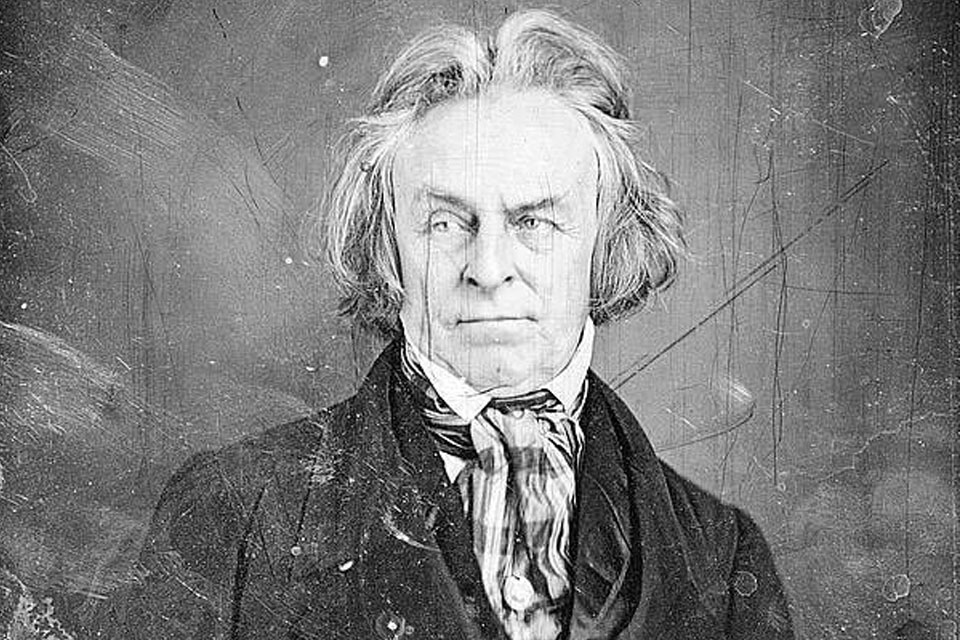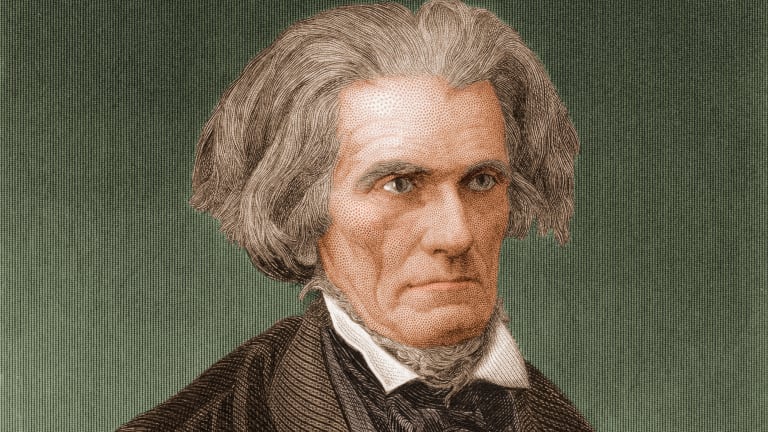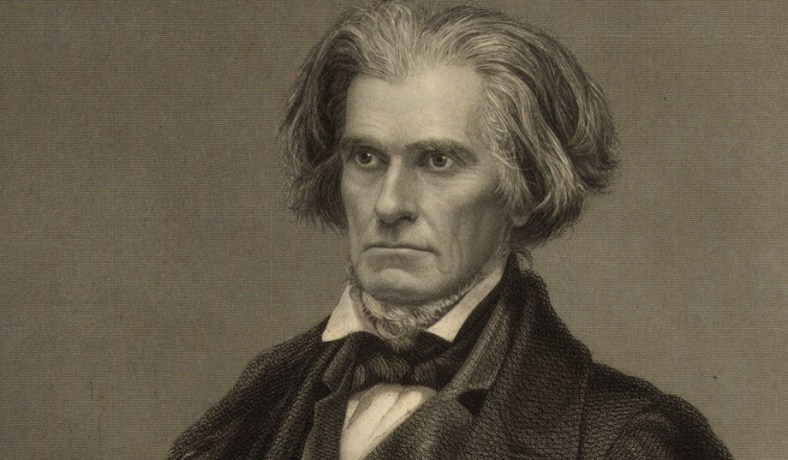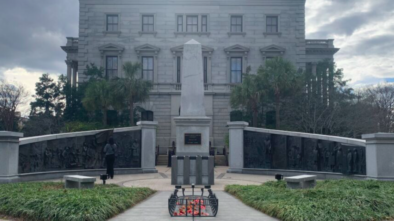Happy Birthday John C. Calhoun – Timeline of his life and accomplishments
“It is harder to preserve than to obtain liberty” – John C. Calhoun
Today marks the anniversary of the birth of John C. Calhoun, born March 18, 1782 in Abbeville, South Carolina. Most know him from his statue standing high atop Marion Square and the prominent street that runs through Charleston. In honor of his birthday, we would expand your understanding of the man by providing a chronological look at his life and accomplishments.
Life of John C. Calhoun
- John Caldwell Calhoun was born on March 18, 1782, in Abbeville District, South Carolina, U.S., to Patrick Calhoun, a Scots-Irish farmer, and his wife, Martha Caldwell. John was the fourth child of his parents who were migrants from Pennsylvania to the Carolina Piedmont.
- At the age of 17, due to his father’s illness, John dropped out from school and started working on the family farm. Later, he decided to complete his studies and obtained a degree from Yale College, in 1804.
- Afterwards, he studied law at the Tapping Reeve Law School, and was admitted to the South Carolina bar in 1807. Later, John abandoned his practice upon marrying and became a planter-statesman.
- In 1808, Calhoun was elected to South Carolina’s state legislature, where he served for a year.
- In 1811, John Calhoun married Floride Bonneau Calhoun, one of his cousins. The couple had 10 children together, out of which three died in infancy.
- In 1811, he was appointed as a Democratic-Republican to the United States House of Representatives, a position he retained until 1817. He chaired the House Foreign Relations Committee and worked as a main lieutenant of Speaker Henry Clay.

- A nationalist at the start of his political career, Calhoun was one of the leading War Hawks who played a major role in steering the unprepared United States into war with Great Britain. In 1812, Calhoun introduced the declaration of war against Britain.
- After the War of 1812, during his term as a U.S. Congressman, Calhoun helped in establishment of the Second Bank of the United States. He served as chairman of the committees which introduced Bills for a permanent road system, a standing army and modern navy.
- From December 1817 to March 1825, Calhoun served as Secretary of War under President James Monroe. During his term, Calhoun reorganized and modernized the National Military Academy.
- In 1824,Calhoun ran for the President of United States along with four other candidates but later withdrew himself from the race. Subsequently, with Andrew Jackson’s support, he ran unopposed for vice presidency and in March 1825, Calhoun was inaugurated as the 7th Vice President of the United States, under John Quincy Adams.
- After finishing his first term, Calhoun was re-elected for vice presidency in 1828, in the administration of Andrew Jackson. Same year, Calhoun founded the Nullifier Party in response to the ‘Tariff of Abominations’ passed by Congress. It was a states’ rights party which supported that states could nullify federal laws within their borders.
- Calhoun protested against the Tariff of Abominations of 1828 and stressed on the fact that the tariff was being unfairly assessed on the agrarian South benefiting the industrializing North.Thus, he drafted his ‘South Carolina Exposition and Protest’ and proposed the theory of a concurrent majority through the doctrine of nullification.
- During his second term as Vice President, Calhoun and President Jackson had a rough relationship as Jackson supported the increase in the protective tariff, which Calhoun considered a favor to northern manufacturing interests over southern agricultural concerns. After much debate over the issue, Calhoun resigned from vice presidency in December 1832.
- Immediately after his resignation, Calhoun was elected to the United States Senate from South Carolina, where he served until March 1843, and later again between 1845 and 1850. As a Democrat, Calhoun led the pro-slavery division in the Senate and opposed attempts to limit the expansion of slavery into the western territories.

- In April 1844, President John Tyler appointed Calhoun as the Secretary of State; he served in this position for nearly a year. During his tenure, Calhoun worked for the annexation of Texas and the settlement of the Oregon boundary with Great Britain.
- He returned to the Senate in 1845 and As a South Carolina senator, Calhoun opposed the Mexican-American War and the admission of California as a free state. He spent the final years of his life in the Senate working to unite the South against the abolitionist attack on slavery.
- John Calhoun died on March 31, 1850 in Washington, D.C., after contracting tuberculosis, at the age of 68. He was buried at the St. Philip’s Churchyard in Charleston, South Carolina.
Facts provided by TheFamousPeople.com


